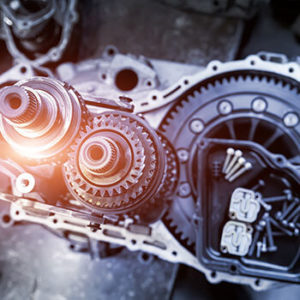
If you’re in need of Transmission Repair Dana Point you should take note of the costs and requirements. If your car’s transmission isn’t working properly, you should visit a transmission shop to get it repaired. The parts usually cost between $50 and $200. This is about the same price as replacing the entire transmission. Transmission repair parts include clutches, plates, and internal gears. Changing out the entire transmission would cost more than the cost of the repair part.
If your vehicle’s transmission is causing problems, you may want to consider transmission repair. A malfunctioning transmission can put your vehicle out of commission for days or weeks. It is crucial to diagnose transmission problems immediately to avoid major repairs. Transmission repair symptoms include clunking, grinding, shaking, and sluggish shifting.
If your car’s transmission is overheating, it may be the result of a leak. Transmission fluid is the lifeblood of your vehicle. It lubricates the gears and seals, conditions them, and also acts as a hydraulic fluid. If the fluid leaks, your engine can stall and stop.
One of the first signs of transmission trouble is the check engine light coming on. This warning signal is sent to your car’s computer by various sensors on your vehicle. If you notice this light on your dashboard, you should visit your mechanic to find out what is wrong. Usually, transmission issues are easily diagnosed with a diagnostic tool called an OBDII scanner.
Transmission problems can be expensive, so it is important to identify the symptoms so that you can take your car in for repair. Check the transmission fluid level before making an appointment. It should be clear and blue in color. It should also be free of debris and sludge. When the fluid level is low, it may be a sign of a leak or other problem.
Another sign that your transmission needs repair is a dragging clutch. A dragging clutch means that the clutch disk fails to disengage from the flywheel when you press the clutch pedal. This can be caused by a mechanical failure or misplaced clutch.
There are different requirements for transmission repair, depending on the make and model of your vehicle. First, the transmission must be removed from the body of the car. This is necessary in case the suspected problem part is difficult to access. Afterward, the transmission components are cleaned and inspected. If needed, the parts are replaced. A qualified mechanic will also check other parts that are near the transmission for any damage.
Moreover, you must choose a mechanic who has ASE certification in transmission repair. ASE certification is the gold standard in the auto repair industry. The requirements for getting this certification are rigorous and include a great deal of experience in the field. The mechanic must have a strong determination to become the best in the business.
Transmission repair is a complicated and time-consuming process. In most cases, transmission repair is a major task, requiring the removal of the transmission box and disassembling of the transmission mechanism. Then, the mechanic must fix the issue, reassemble the transmission box, and put the transmission back into the vehicle. This process is very labor-intensive and can cost a lot.
The most important part of transmission repair is getting the right mechanic. Not every mechanic is certified, and you must ensure they are trained in transmission repair. This will ensure that your vehicle is in safe hands. Fortunately, you can schedule an appointment with a qualified technician as soon as you notice problems with your transmission.
When it comes to your vehicle’s transmission, you need to find a shop that you can trust. You want a shop that has a good track record and positive customer reviews. The shop you choose should also have insurance that covers parts, labor, and towing costs. Read reviews online and ask for references before you make a decision.
A reputable shop will have the right tools and experience to complete your repair. Mechanics will also have experience with rebuilding transmissions, so they can avoid common problems. A good mechanic will also have access to the latest testing equipment and make sure that each part meets OEM specifications. The “hard” parts are checked carefully for defects, and any worn, damaged, or out-of-spec components are replaced with new ones. Some shops even use remanufactured parts, which are better quality than the originals.